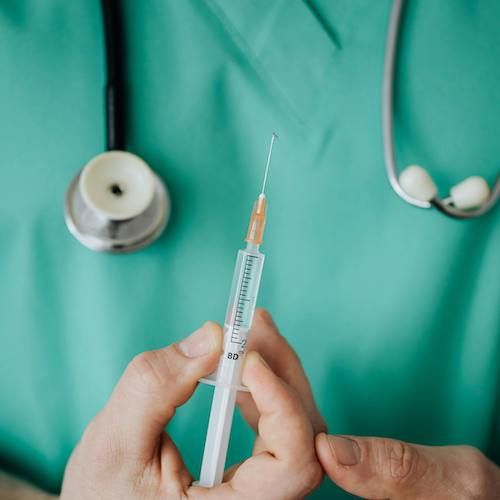Article
“Natural” Skincare Products May Contain Allergens Causing Contact Dermatitis
Author(s):
There is a high risk for contact dermatitis in retail products for skincare, due to the prevalence of allergens.

Findings from a research letter found that many personal care products (PCPs) including lotions, fragrances, and soaps often contain ingredients that can cause allergic contact dermatitis (ACD). Between 1996-2016, PCP-related dermatitis prevalence more than doubled.
There is no established definition of the term ‘natural’ by the US Food and Drug Administration (FDA), leading natural PCP (NPCPs) sellers to freely promote products with this title that may contain allergens and irritants. As a result, NPCPs were assessed through research led by Peter A. Young, MPAS, and Haiwen Gui, with the Stanford University School of Medicine Department of Dermatology.
“Contact dermatitis is only preventable by identification and avoidance of causative substances, but patients may find avoidance difficult owing to complex ingredient names,” Young and colleagues wrote. “Confusion may be compounded by NPCP manufacturers frequently listing botanical extracts (leading causes of contact dermatitis and photosensitization) by their Latin names.”
Background and Research
The investigators analyzed product ingredients from lists of NPCP products sold from January - March 2022 on websites for 3 popular retail stores: Whole Foods Market, Target, and Walgreens. The website scans used filters to place products into the clean or natural categories, and those without allergens were excluded.
They defined an allergen as a contact sensitizer from the Contact Allergy Management Program (CAMP) database, and the team cross-referenced each product’s components with 191 allergens in the database.
The researchers also checked for both the number of contact allergens per each product found as well as the clinical prevalence of the allergens listed by referring to previous research on ACDS patch testing.
Study Results
Of the 1651 NPCPs that met exclusion criteria for the investigators, about 1555 were composed of ≥1 contact allergen, and 1478 had ≥1 allergen from the CAMP database list of 100 most prevalent clinically. They also found that 96 of the 1651 NPCPs contained no contact allergens.
In total, the investigators identified 73 unique allergens that appeared on lists of components found on the 1555 NPCPs, appearing a total of 7487 times. Some of the identified allergens within products were fragrances.
One limitation the researchers had was the inability to draw a distinction for PCPs and NPCP products regarding the use of allergens, since retail stores do not have a “non-natural” product location on their websites.
“The results suggest that advertising claims that PCPs are natural or clean may not portend health or safety with respect to ACD,” they wrote. “This knowledge may enable clinicians to guide consumers toward purchasing decisions that could lessen ACD prevalence and preserve health care resources.”
The research letter, “Prevalence of Contact Allergens in Natural Skin Care Products From US Commercial Retailers,” was published online at JAMA Dermatology.





